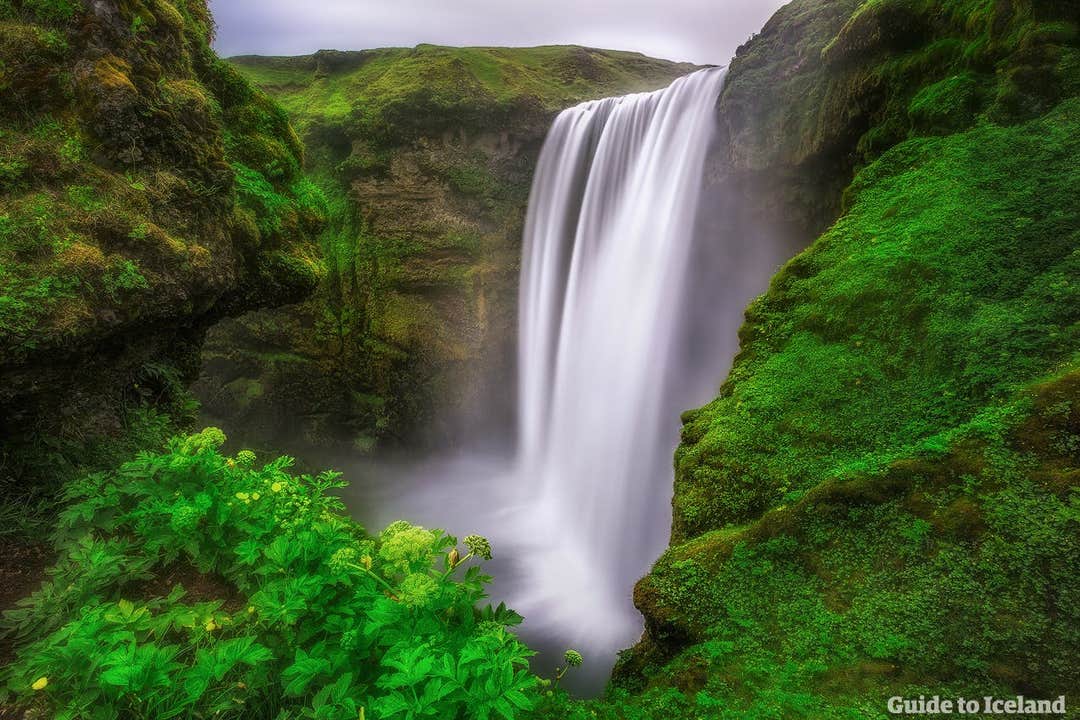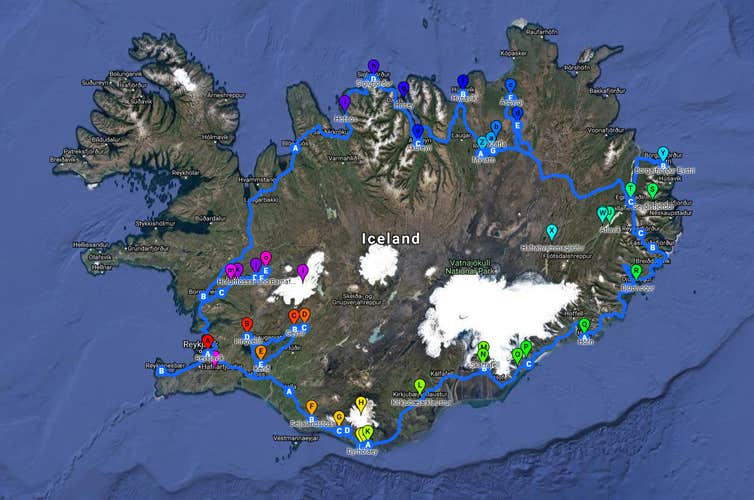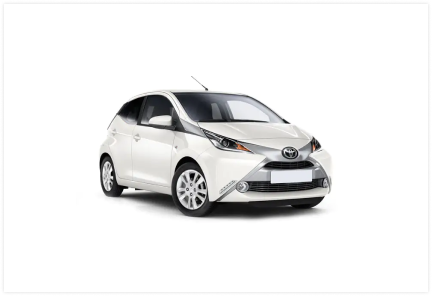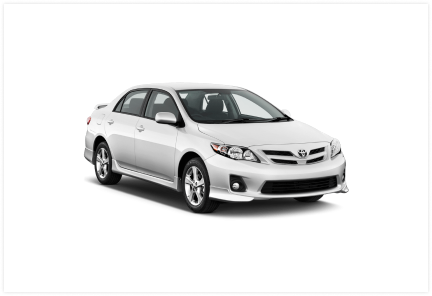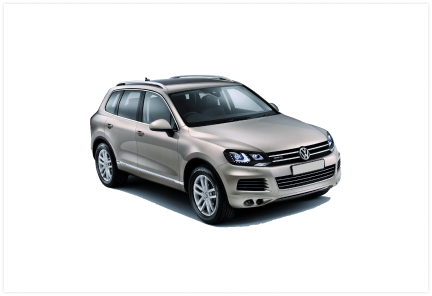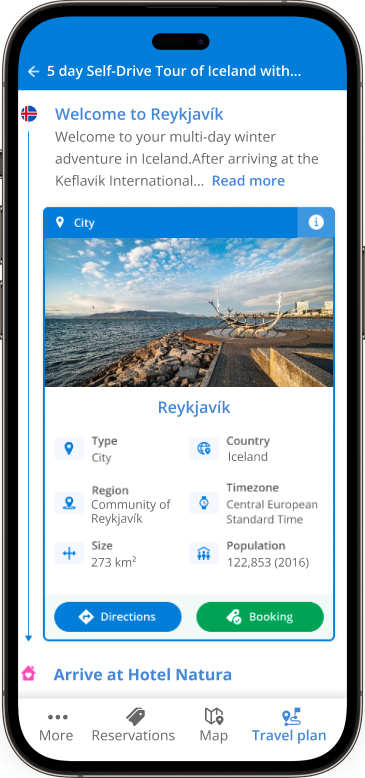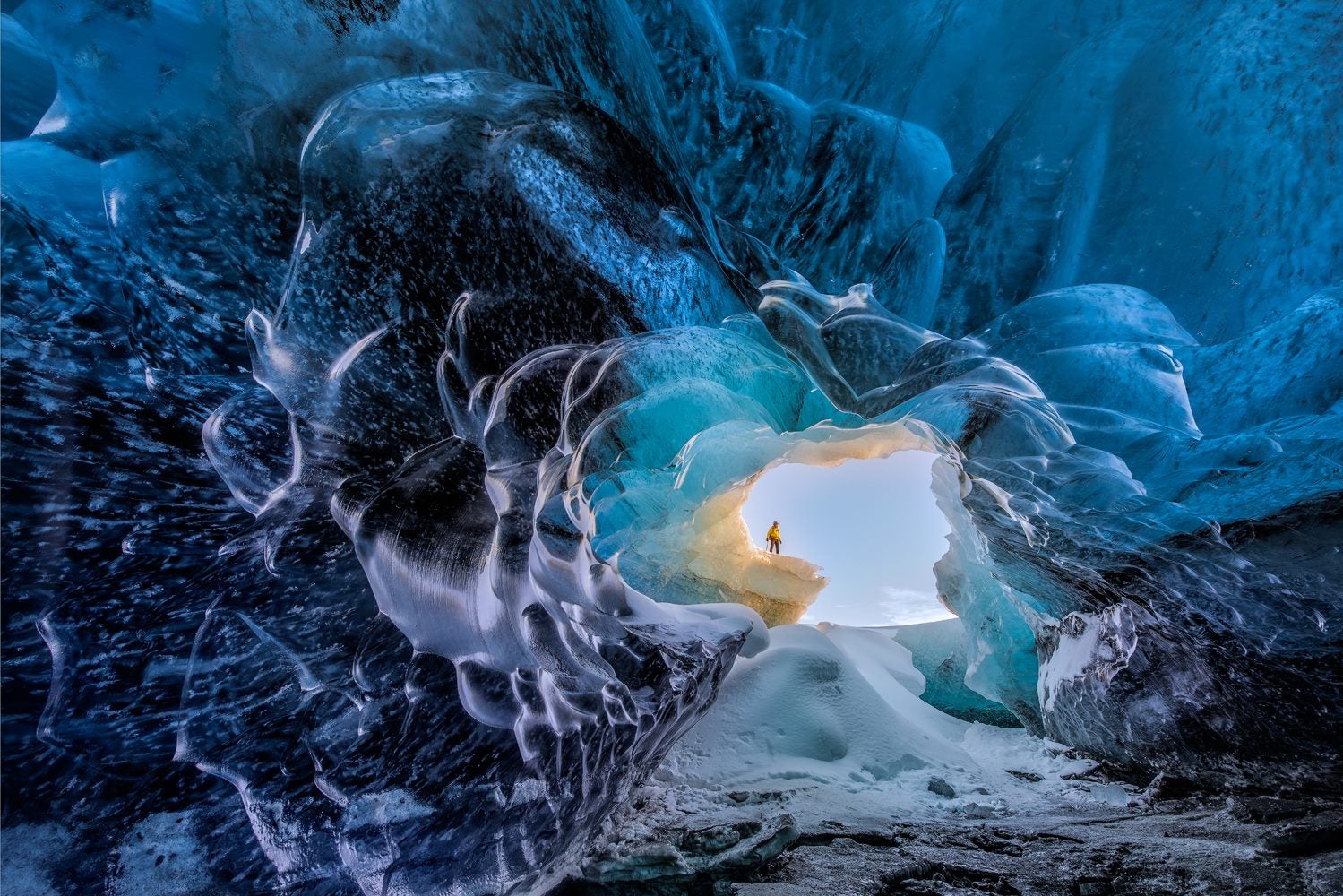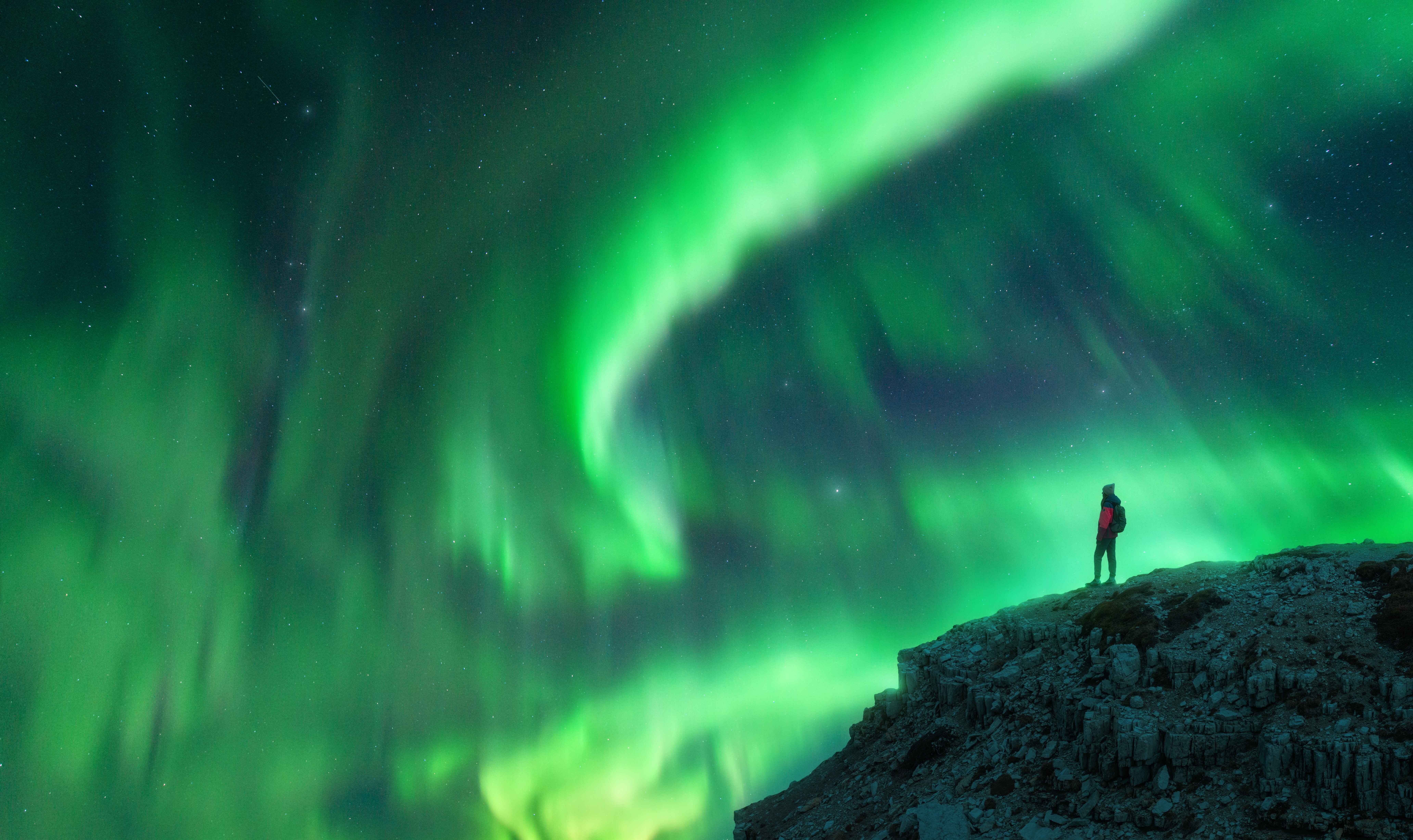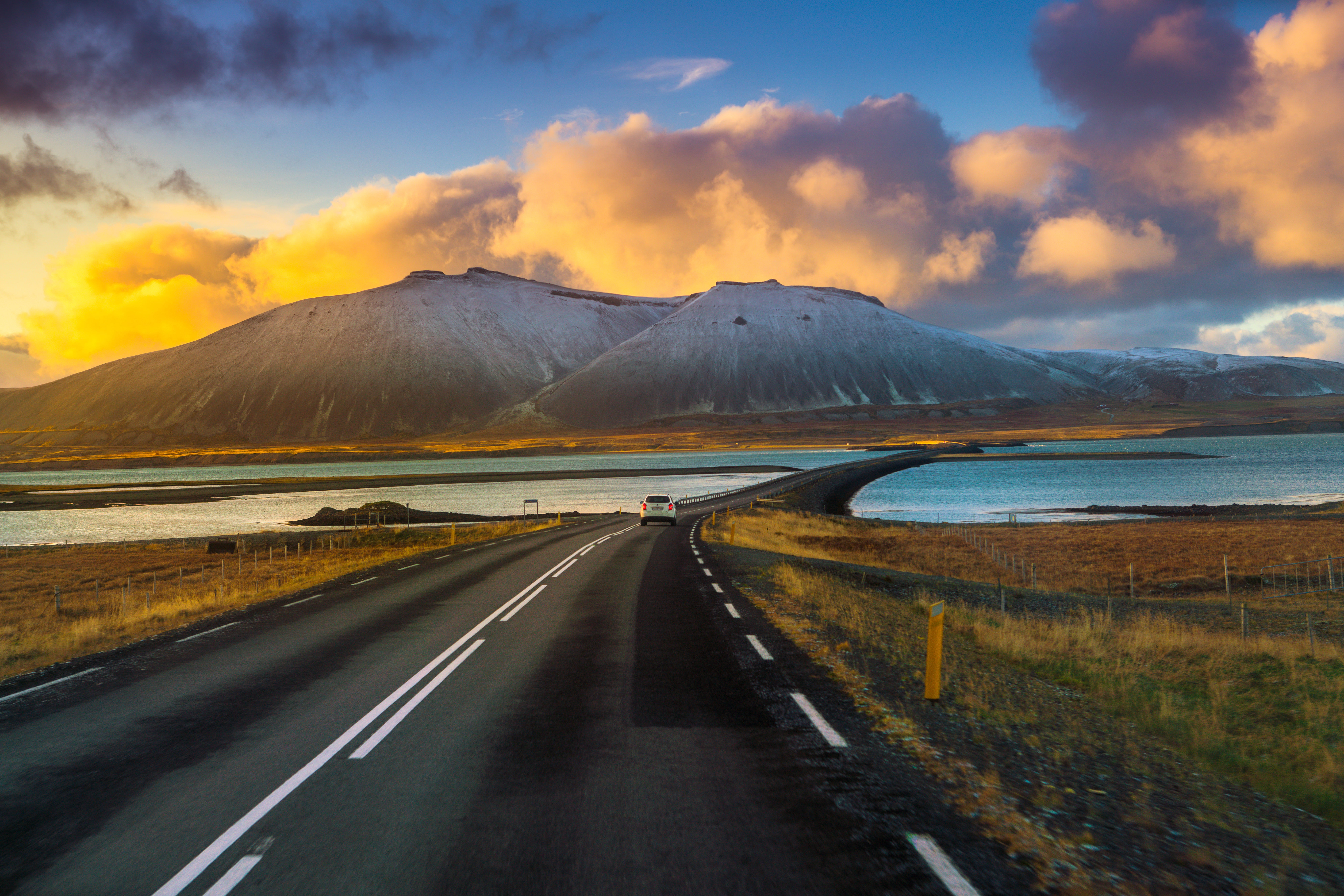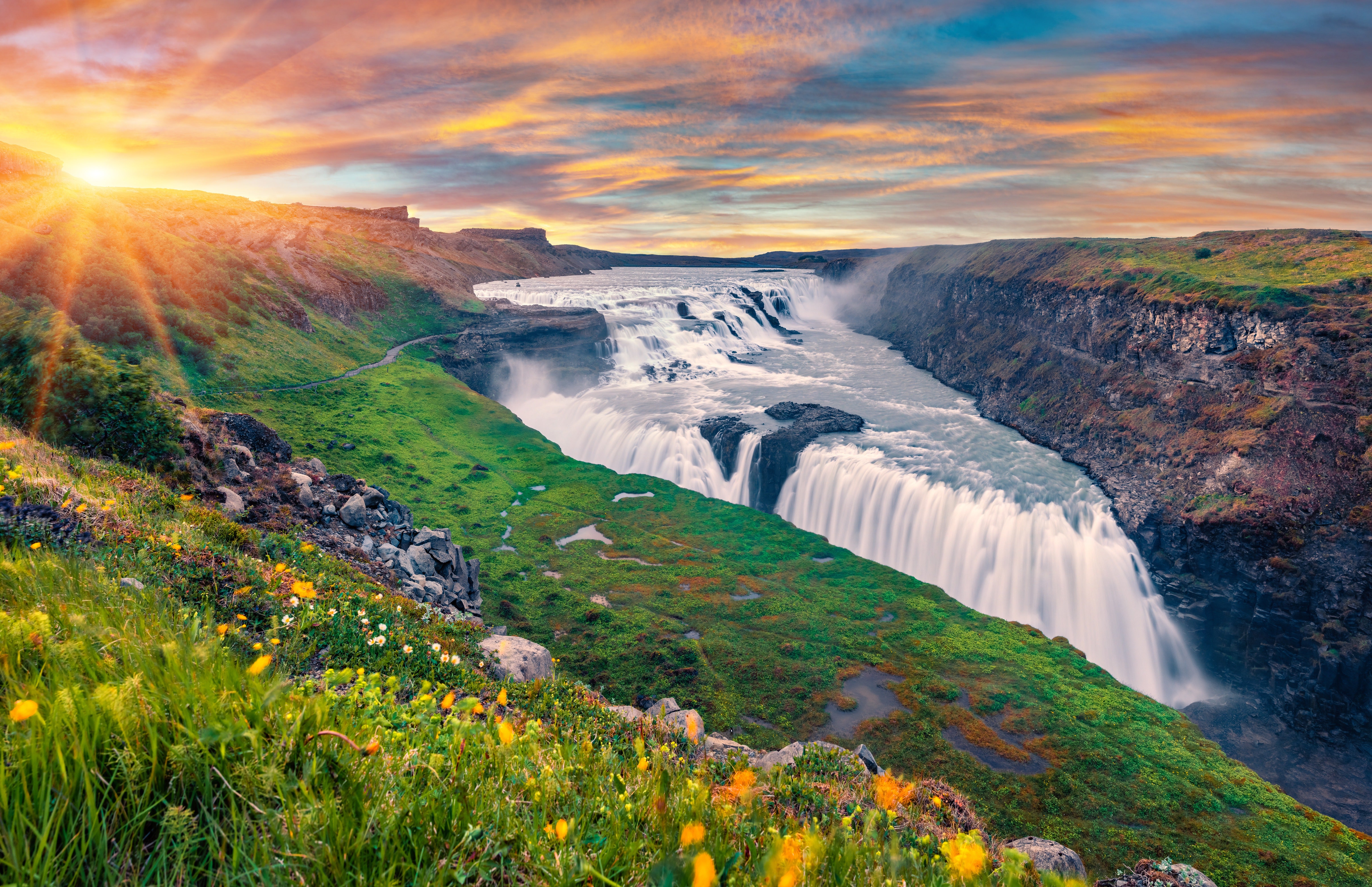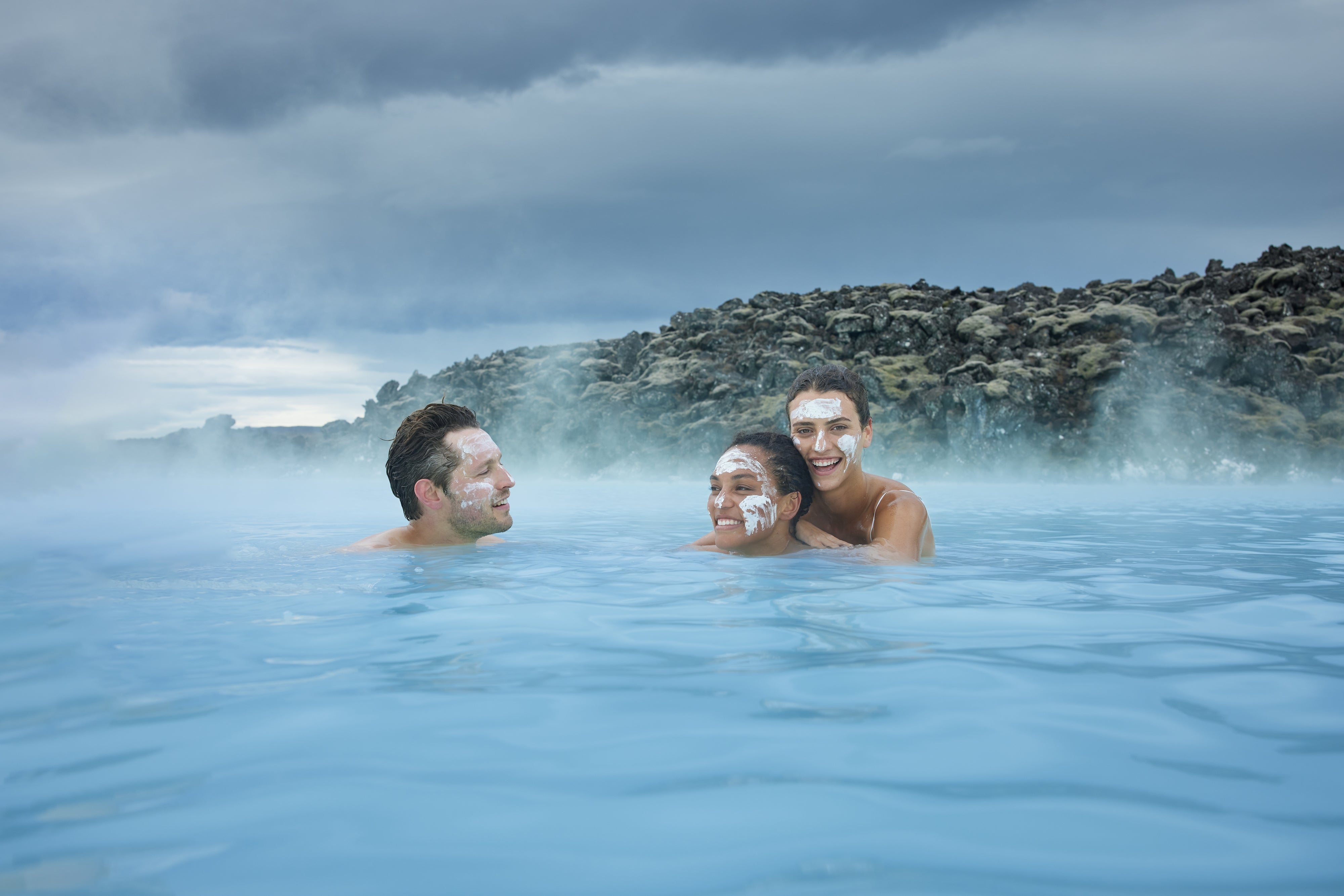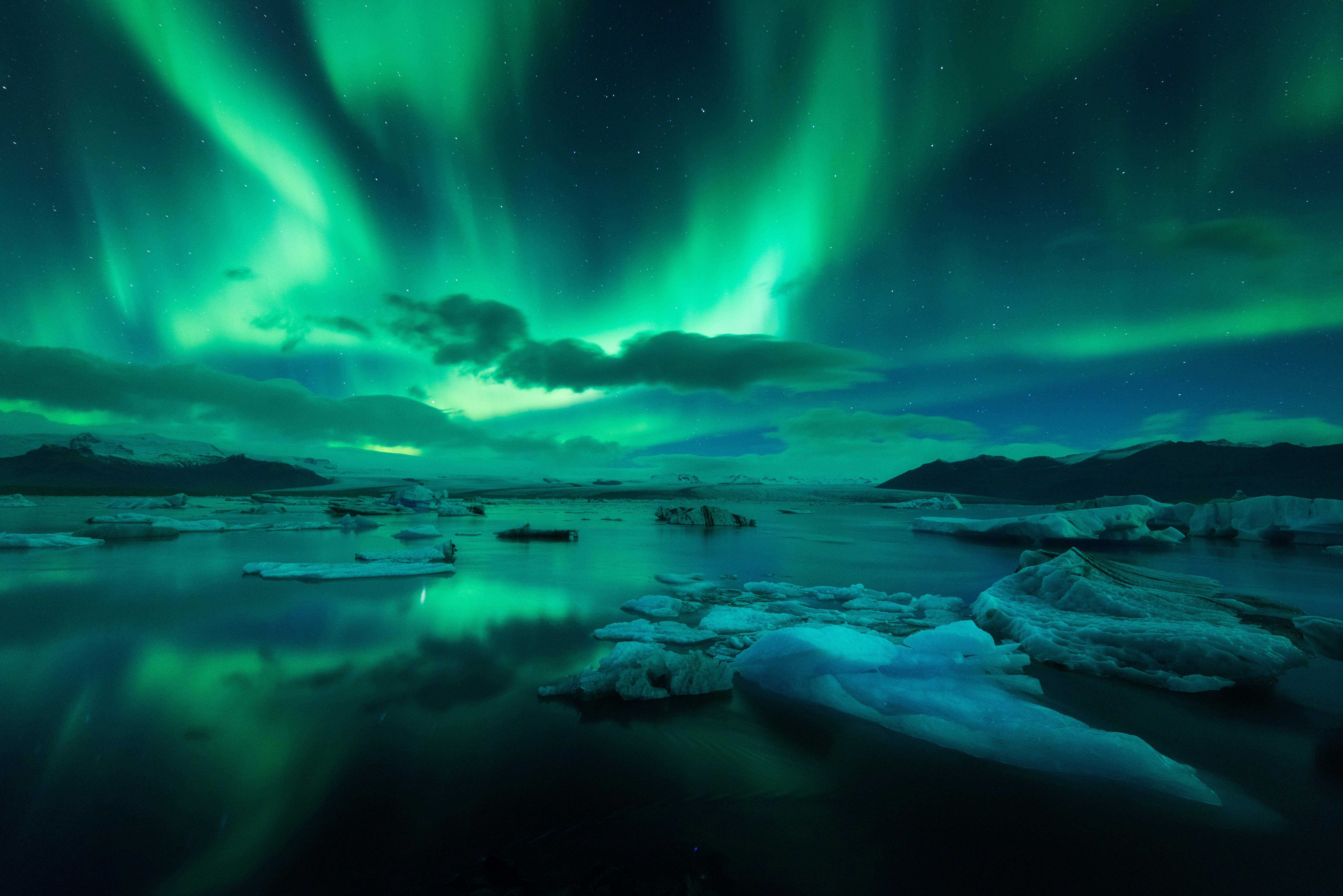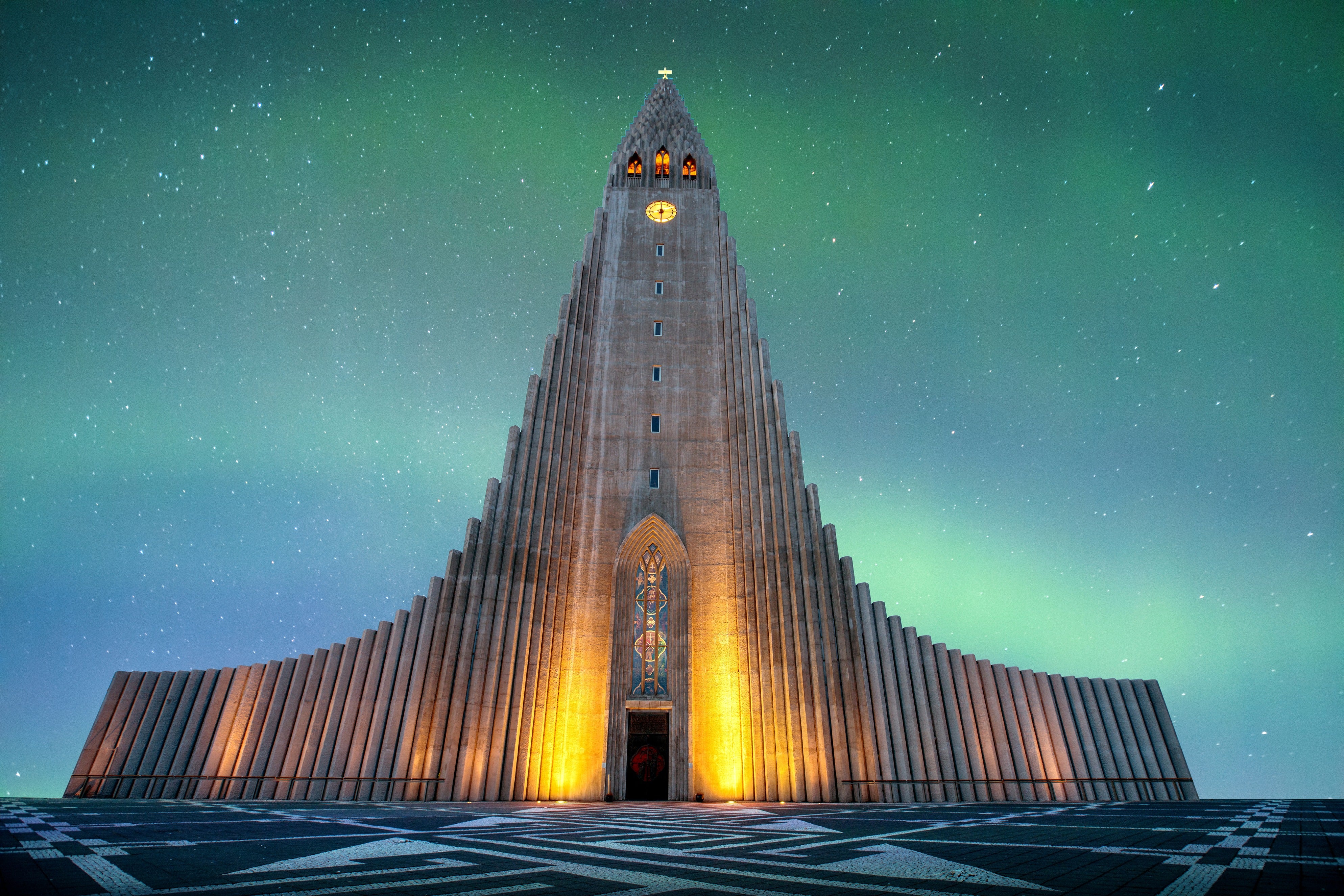Description
Summary
Description
Enjoy exploring the most beautiful Ring Road attractions in-depth with this 10-day summer self-drive tour in Iceland. This tour will allow you to take your time to enjoy the country’s south, east, and north, as well as the city of Reykjavik.
Self-drive tours provide an excellent opportunity to explore Iceland without stress. Before your arrival, your accommodation, car rental, and excursions will be sorted for you. Moreover, you don’t have to worry about other guests or impatient guides.
You can explore on your own terms and have plenty of time to see everything you want. You can change the pace of your adventures depending on your group’s preferences.
By booking this tour, you’ll avoid spending weeks planning that perfect Iceland itinerary. We’ve already covered the planning part to save you from all the hassle. We also made this tour available for a great price.
Organizing your trip may sound exciting, but you risk missing out on some of the best attractions. By letting us handle the planning, we’ll ensure that all the essential stops you need to see and experience during your self-drive tour are included. You’ll get a detailed itinerary you can use as a guide on your daily adventures.
After your arrival, you’ll explore the famous sites of the Golden Circle before crossing the length of the beautiful South Coast. From there, you’ll wind up the gorgeous Eastfjords, then travel north to Lake Myvatn and the town of Akureyri.
After nine days of sightseeing, you’ll drive back to the capital of Reykjavik, allowing you to enjoy the city to the fullest. You’ll also have the chance to join plenty of tours. Excursions such as snorkeling, snowmobiling, glacier hiking, ice carving, and whale watching, to name a few, can all be added during booking.
These extra stops add to why people love this self-drive trip that has earned high ratings and positive reviews. It’s also one of the easiest tours, perfect for guests of all ages.
Aside from having control and flexibility during the tour, you’ll also get the necessary support you may need. Our packages come with a personal travel agent you can contact any time of the day, seven days a week.
Should you wish to cancel your trip for any reason, you may do so for free and get a full refund 24 hours before departure.
Explore the sites of Iceland in-depth and experience this country with complete freedom on this 10-day summer self-drive tour. Check availability now by choosing a date.
